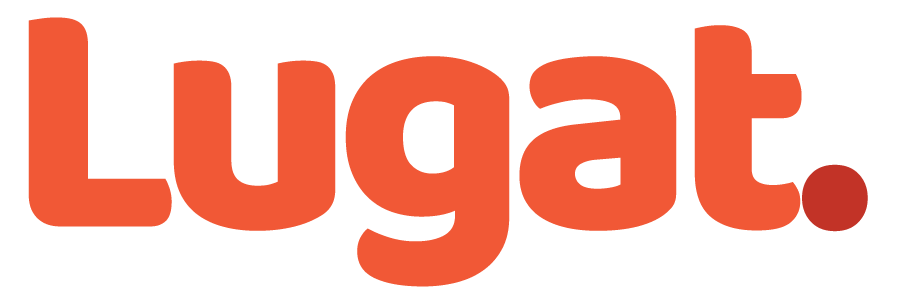
What is Content Gap?
In the ever-evolving world of SEO, staying ahead involves not just optimizing existing content but also identifying and filling any ‘content gaps’. A content gap is essentially an area or topic within your content strategy where you’re missing opportunities to connect with your target audience. These are topics or key phrases that your competitors are covering but you aren’t, or questions that your potential customers are asking but you aren’t answering on your website. Understanding these gaps is crucial for enhancing your content strategy and improving your overall SEO performance.
How to do Content Gap Analysis?
Conducting a content gap analysis involves several steps that help you pinpoint missing elements in your content strategy, allowing you to address these areas effectively:
- Define Your Buyer Personas: Start by clearly understanding who your target audience is and what their needs, pain points, and content consumption habits are.
- Analyze Your Current Content Inventory: Review your existing content to identify what topics you’ve covered and what’s performing well.
- Use Content Gap Tools: Tools like Ahrefs, SEMrush, or Moz can help you compare your content with that of your competitors to see what they are ranking for that you aren’t.
- Identify Opportunities: Look for high-volume search terms related to your niche that you have not yet covered but your competitors have.
- Prioritize Gaps: Once identified, prioritize these gaps based on their potential impact on your SEO and business goals.
The Importance of Content Gap Analysis for SEO
Content gap analysis is crucial for several reasons:
- Improving Organic Reach: By identifying and filling content gaps, you can attract more organic traffic to your site.
- Enhancing User Experience: Providing content that answers your audience’s questions improves engagement and satisfaction.
- Staying Competitive: Keeping pace with or getting ahead of competitors’ content strategies can position you as a leader in your industry.
This analysis ensures that your content fully covers all the topics relevant to your audience and that it can genuinely meet their needs—key for improving SEO and enhancing your online visibility.
Content Gap Analysis Tools
Several tools can help you perform an effective content gap analysis:
- Ahrefs: Offers a comprehensive suite of tools, including a Content Gap feature that helps you see what keywords your competitors rank for.
- SEMrush: Provides insights into your competitors’ strategies in display advertising, organic and paid search, and link building.
- BuzzSumo: Allows you to analyze what content performs best for any topic or competitor, helping you to discover key content gaps in terms of social media engagement.
These tools not only identify what is missing but also provide insights into how you can create content that fills these gaps effectively.
Content Gap Examples
To illustrate the concept of content gaps, consider these examples:
- Technology Blog: If your competitors are covering emerging technologies like AI or blockchain extensively and you are not, this is a content gap.
- Fashion Retail: If competitors are offering comprehensive guides on seasonal fashion trends or sustainable fashion tips and your site lacks this content, that’s a gap.
- Health and Wellness Site: If questions about natural remedies are frequently searched and your site does not address them, while competitors do, this represents a significant content gap.
Addressing these gaps by creating relevant, high-quality content can dramatically improve your SEO and position your site as a valuable resource.



